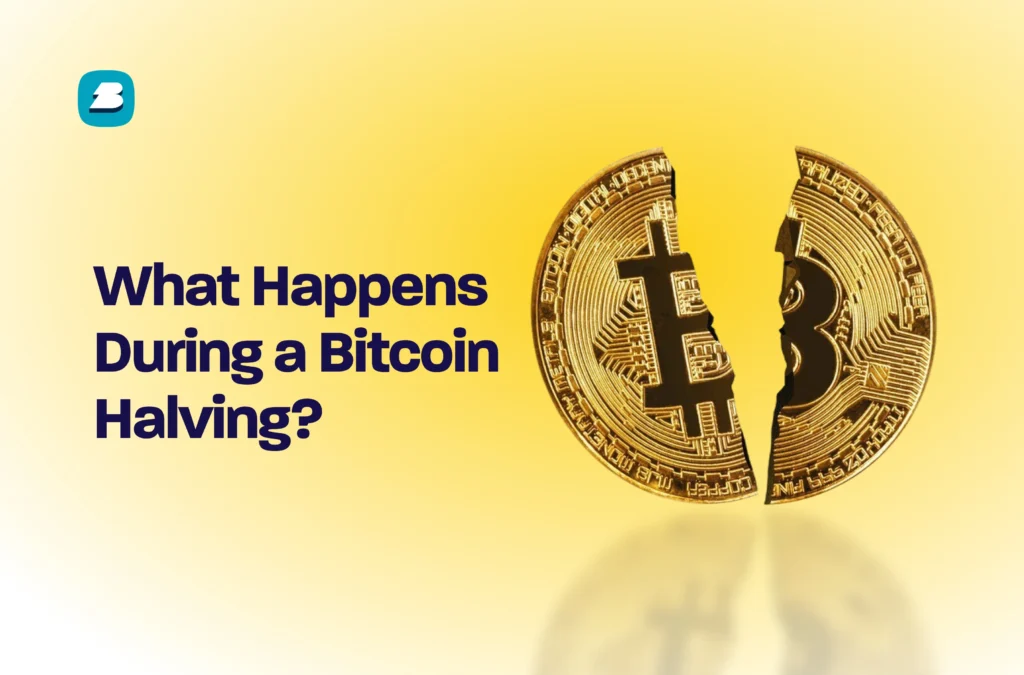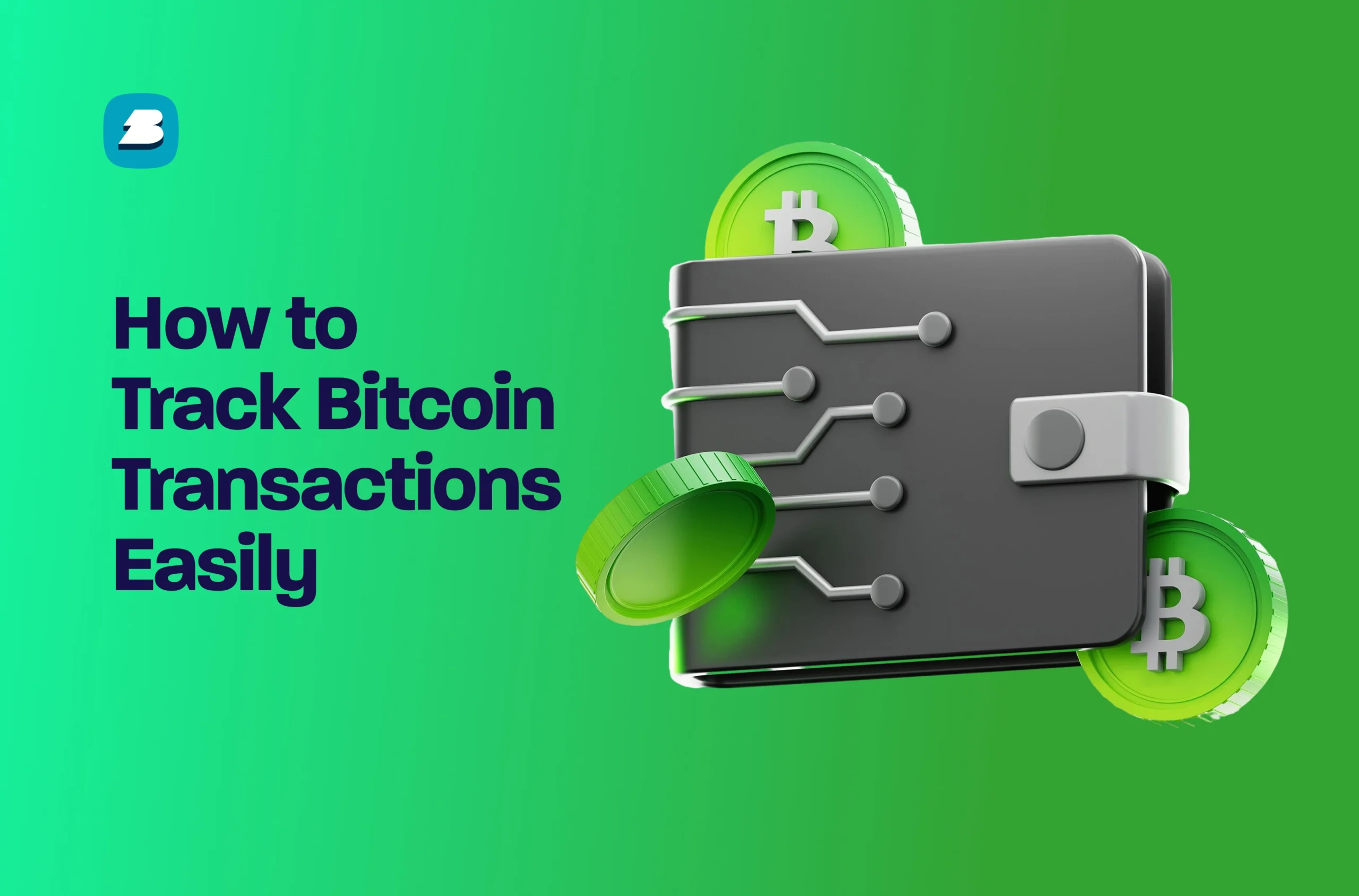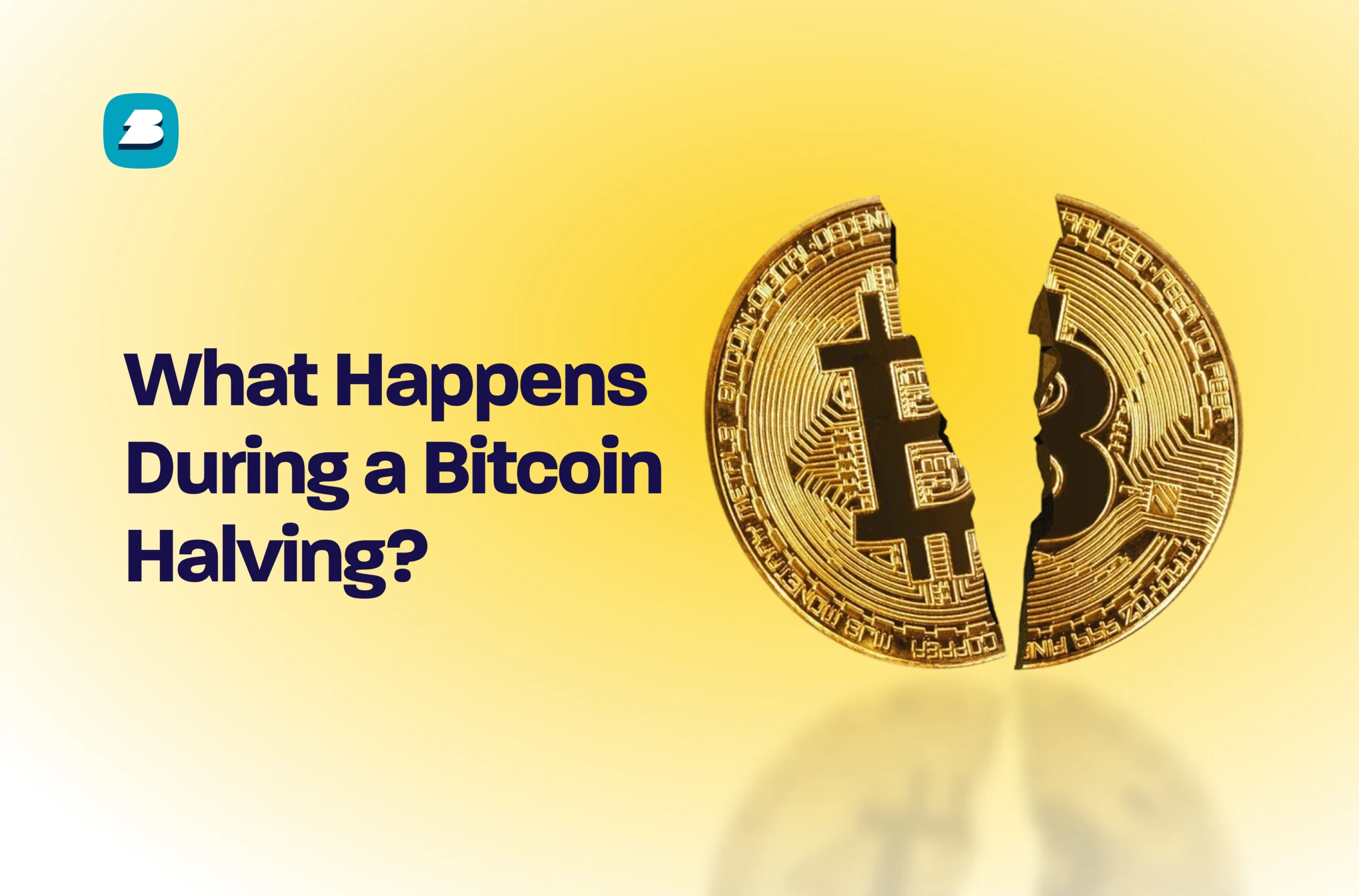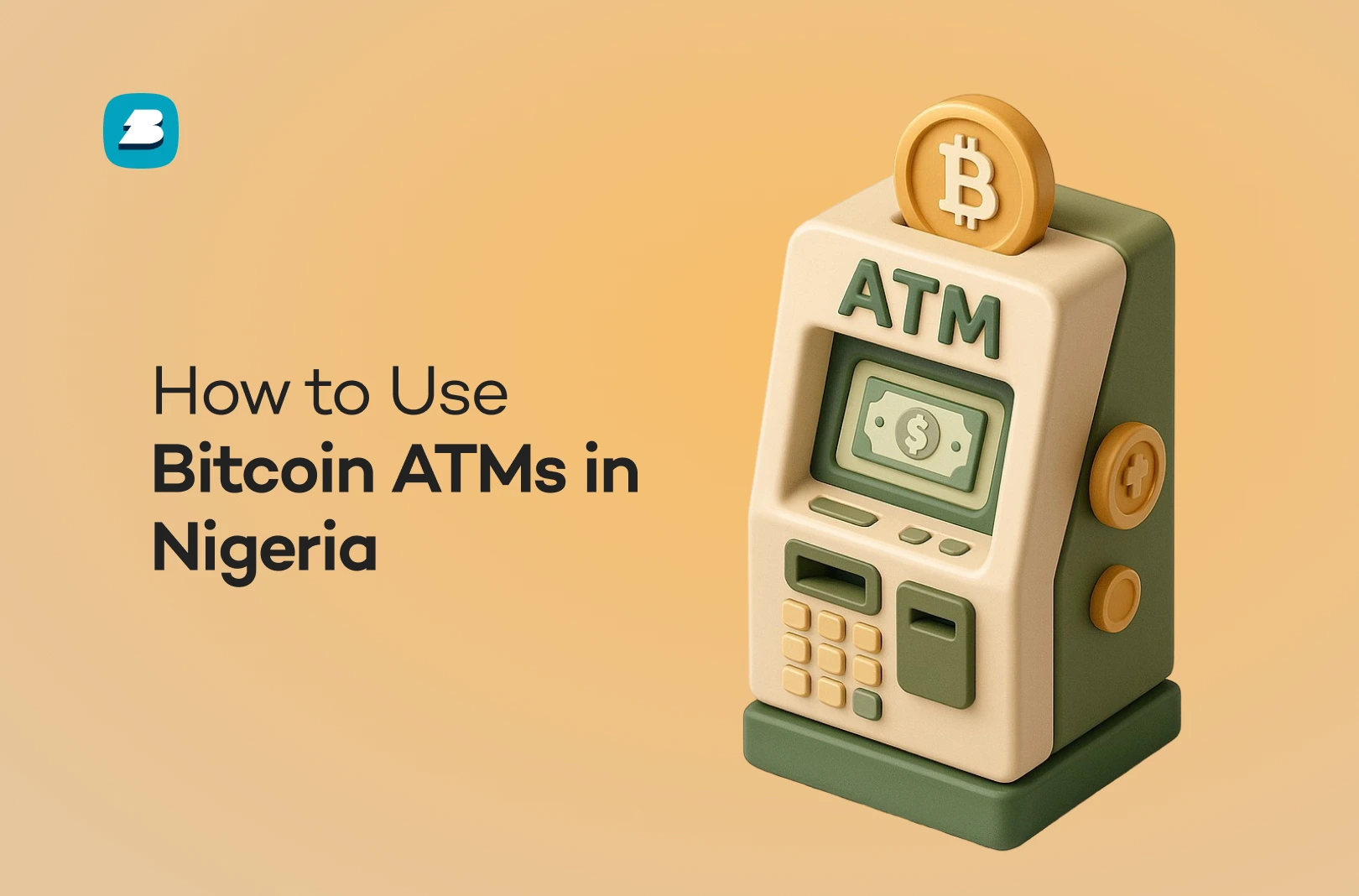Bitcoin halving is a crypto event that is incorporated into the Bitcoin blockchain. This event involves the reduction of miner’s reward by half after every four years, or after two hundred and ten thousand blocks have been mined.
The purpose of this halving is basically to control the supply of Bitcoin and make sure it does not exceed the total supply of 21 million. Let us now dive in deeper to see why the Bitcoin halving matter, and how it works.
Why Does Bitcoin Halving Matter?
Bitcoin halving is not just a crypto term, or an event with no impact on the Bitcoin ecosystem. There are a few reasons why it matters, both to the future of Bitcoin, and other altcoins in the market.
- Supply Control: With Bitcoin’s max supply capped at 21 million, Bitcoin halving helps to control the supply and prevent it from exceeding the max supply.
- Price Impact: Bitcoin halving helps to keep the supply of Bitcoin in check, which in turn creates a scarcity and demand for it, which ultimately drives up Bitcoin’s price.
- Inflation Control: Bitcoin halving helps to keep Bitcoin’s inflation rate controlled, and in check making Bitcoin worthy of its popular market reputation of being the digital gold.
- Reinforces Bitcoin’s Scarcity: The ultimate goal of Bitcoin halving is to create a scarcity of Bitcoin, and with the block reward getting halved every four years, the supply of Bitcoin to the market keeps reducing, and it makes Bitcoin more valued, and inflation-proof.
- Influences Miner’s Economics: As block reward keeps getting smaller, miners would now have to rely majorly on transaction fees or work on improving their operational efficiency to sustain their profitability. This could ultimately lead to short-term hash rate drops, as inefficient miners exit, and the eventually the network stabilizes and is more secure as existing miners improve efficiency.
How Bitcoin Halving Works
The way the Bitcoin blockchain is structured is that miners solve complex mathematical problems with complex computation networks to validate transactions and add new blocks. Miners in return for their hardwork, get block rewards.
This block reward that miners get, is reduced by half every four years or when 210,000 blocks have been added.
For example, let’s say Bitcoin’s block reward for miners was 25 BTC four years ago, today it would be 12.5 BTC. That is what Bitcoin halving is all about.
Bitcoin halving is encoded in the network’s consensus mechanism, and it has three main components:
- Block Height: This takes into account the total number of blocks on the Bitcoin chain, and it triggers the halving event once 210,000 blocks have been added.
- Subsidy Calculation: This is a component of the consensus mechanism that halves block reward every 210,000 blocks.
- Consensus Enforcement: This component of the mechanism checks and verifies that each miner gets the correct reward via nodes.
The code that powers Bitcoin halving is written in C++, and it’s in the Bitcoin core, an open-source software on which many Bitcoin nodes are run. This has been integrated into the Bitcoin network since its launch in 2009, by its anonymous founder Satoshi Nakamoto.
Bitcoin halving is expected to run till 2140, when halving would have happened 32 times, and block reward will go to zero. By that time, miners would only be able to get rewards from transaction fees on the network, and Bitcoin’s circulating supply will be capped at 21 million.
Related:
- Crypto Crash: Why Does it Happen?
When Does Bitcoin Halving Happen and Its Effects
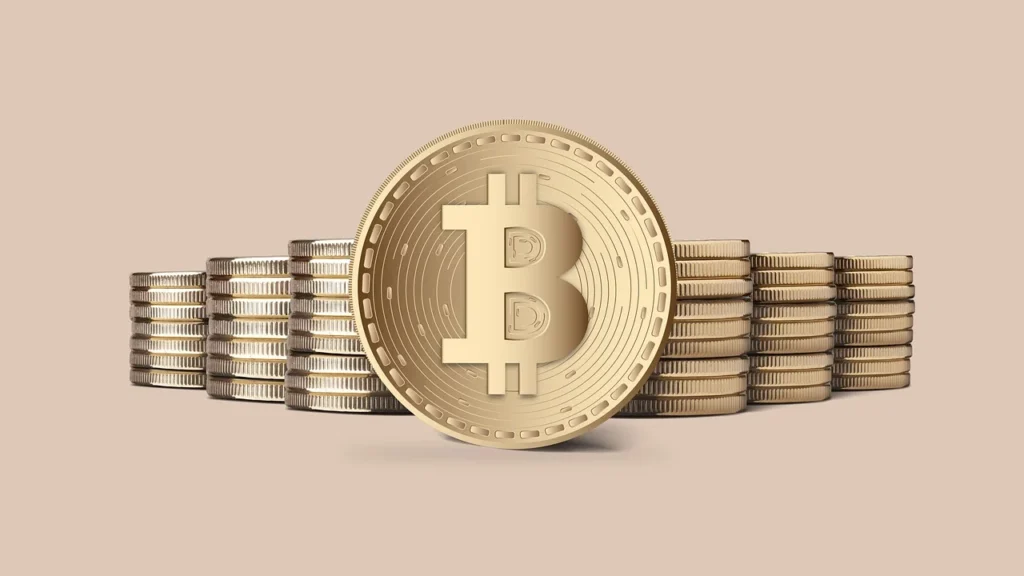
Bitcoin halving happens every four years, or after 210,000 blocks have been added, which is also equivalent to four years. Let me walk you through the exact dates that Bitcoin halving has taken place over the years since its creation, and how miner’s reward have been impacted.
First Bitcoin Halving (2012)
The first ever Bitcoin halving occurred on November 28, 2012. Before the event, miners earned 50 BTC per block, but after the halving, the reward was cut in half to 25 BTC.
This event marked a major milestone in Bitcoin’s history, as it introduced real scarcity into the network’s economy. At the time, Bitcoin was still relatively unknown to the public and mainly traded among early adopters and tech enthusiasts.
Following the halving, the price of Bitcoin began to climb gradually, moving from around $12 to over $1,000 in the following year. This first halving proved that Bitcoin’s supply mechanism could create sustained upward momentum and attract new investors.
Second Bitcoin Halving (2016)
The second halving took place on July 9, 2016, and the block reward was again cut in half, from 25 BTC to 12.5 BTC. By this time, Bitcoin had matured significantly, and its market was more established compared to 2012.
Before this halving, Bitcoin had already reached several all-time highs, with its price standing around $354 and rising close to $1,000 leading into the event.
The halving further reduced the pace of new Bitcoin entering circulation, fueling long-term bullish sentiment. In the months following, the market began a steady climb that eventually led to the famous 2017 bull run, where Bitcoin hit nearly $20,000 for the first time.
You Might Like:
- The Best 11 Play to Earn (P2E) Crypto Games
Third Bitcoin Halving (2020)
The third halving occurred on May 11, 2020, during a global period of economic uncertainty caused by the COVID-19 pandemic. Miner rewards were reduced from 12.5 BTC to 6.25 BTC.
At the start of 2020, Bitcoin’s price had dropped to a yearly low of about $3,850, but the halving reignited investor confidence. As supply pressure decreased, demand increased, and Bitcoin began a powerful rally.
By December 2020, the price had surged to around $29,374, marking the start of another historic bull run. This event also lifted the broader crypto market, with major altcoins such as Ethereum following the bullish momentum.
Fourth Bitcoin Halving (2025)
The fourth halving took place on April 19, 2025, reducing block rewards from 6.25 BTC to 3.125 BTC. Leading up to the event, Bitcoin was trading around $56,000, but profit-taking caused a brief dip in price immediately afterward.’
However, as market sentiment recovered, institutional liquidity poured in and investor confidence returned. By December 17, 2025, Bitcoin had reached a new all-time high of $106,142, fueled by strong inflows, growing adoption, and bullish market euphoria.
This halving further reinforced the cyclical nature of Bitcoin’s supply mechanism and its role in driving long-term market growth.
When is the Next Bitcoin Halving?
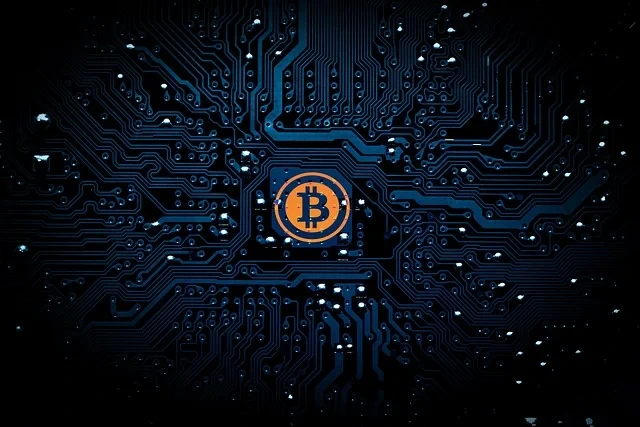
The next Bitcoin halving is expected to take place in 2028, once the network reaches a total of 1,050,000 blocks mined since Bitcoin’s launch in 2009. Based on the average block time of roughly 10 minutes, halvings occur approximately every four years.
During this upcoming event, the block reward will reduce from 3.125 BTC to 1.5625 BTC per block. This means miners will earn even fewer bitcoins for validating transactions, further tightening Bitcoin’s supply and increasing scarcity over time.
Historically, each halving has triggered a long-term uptrend as supply slows and demand continues to grow. Many analysts and crypto enthusiasts expect a similar pattern after the 2028 halving, although short-term volatility often occurs before and immediately after the event.
The next halving will also mark another critical step toward Bitcoin’s maximum supply limit of 21 million coins, projected to be fully mined by around 2140. As rewards continue to shrink, transaction fees are expected to play a more significant role in incentivizing miners and maintaining network security.
Recommended:
- Leverage in Crypto Trading: A Beginner’s Guide
Key Impacts of Halving on Bitcoin and the Entire Crypto Market
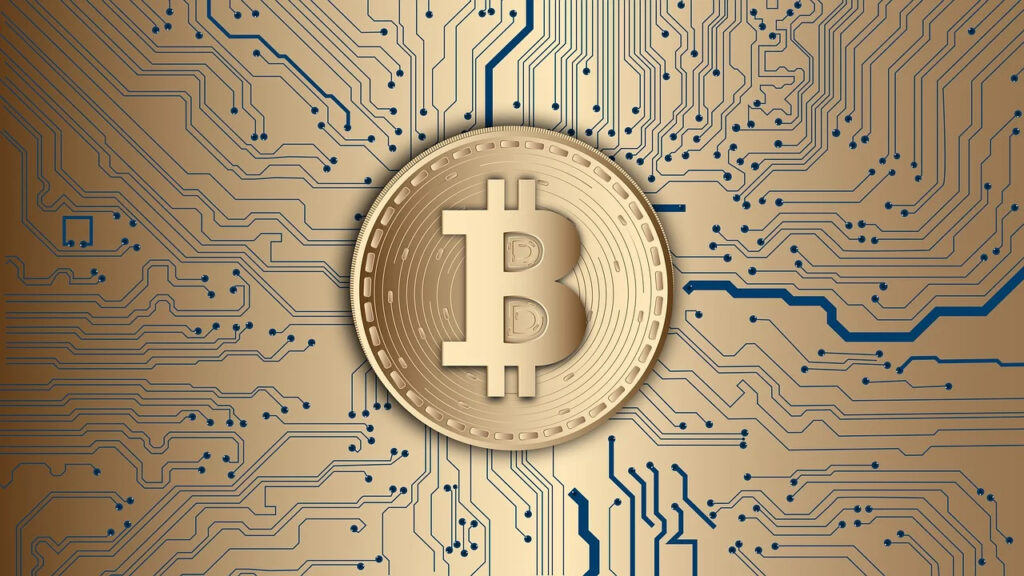
Bitcoin halving is a significant event for the Bitcoin blockchain, and the entire crypto market in general. Here are some key impacts of Bitcoin halving.
- Alteration of Market Dynamics: Bitcoin halving has a profound impact on the crypto market. It has been known over time to usher in the bull run. Over the past halvings, Bitcoin’s price has created new all-time highs, while other altcoins have also followed Bitcoin’s market dominance to set new ATHs.
- Network Security: As miner’s rewards reduce, transaction fees become another reward pathway for miners, thereby improving network security.
- Price Volatility: Bitcoin halving always come with a lot of market speculation, with investors hoping to see the market replicate bullish price volatility as it has always done during the period of Bitcoin halving.
- Broader Adoption and Ecosystem Effects: Bitcoin halving is known to maintain Bitcoin’s supply, and ensure its scarcity. This helps to strengthen the faith of investors to hold Bitcoin for long term, since the scarcity that halving brings will ultimately lead to an increase in the price of Bitcoin.
- Global Macro Influence and Safe-Haven Narrative: Halving has further solidified the global reputation of Bitcoin as the digital gold, and a viable option against inflation. This year, many countries have had to combat high level inflation, and Bitcoin’s halving of 2024 further strengthens Bitcoin’s stance as a viable option to traditional currencies.
Frequently Asked Question About Bitcoin Halving Event
What is a Bitcoin Halving?
Bitcoin halving is a crypto event that takes place on the Bitcoin blockchain that involves the reduction of block rewards for miners every four years.
Why Does Bitcoin Halving Happen?
Bitcoin halving is designed to control the total supply of Bitcoin from exceeding 21 million, and also help achieve scarcity of Bitcoin which then in turn drives up its price over time.
When is Bitcoin Halving?
Bitcoin halving occurs after 210,000 blocks have been added by miners. This number of blocks is equivalent to a period of four years. The first halving happened in 2012, and then in 2016, and 2020, and the most recent one was in 2024. Another halving is expected to take place in 2028.
How Long Will Halvings Continue?
Bitcoin halving will continue until the maximum supply of 21 million is mined. Analysts speculate that halving may continue till 2140 when the max supply would have reached its peak, and then miners will solely rely on transaction fees for their reward.
Does Bitcoin Halving Increase Price?
Bitcoin halving often comes with a lot of market expectation for an increase in the price of Bitcoin especially because of how price has moved after previous halving events.
Don’t Miss:
Conclusion on Bitcoin Halving
Bitcoin halving is a significant event that has much economic impact on the future of Bitcoin, and its long term sustainability.
By 2028, block reward will be halved again to 1.5625 BTC, until the maximum supply of 21 million is reached.
You can engage the Bitcoin ecosystem by trading its price movements on the chart, and if you need a reputable crypto platform to sell your Bitcoin, Breet is always there for you as your number one OTC platform where you can get your Bitcoin converted to cash and sent directly to your bank account.
